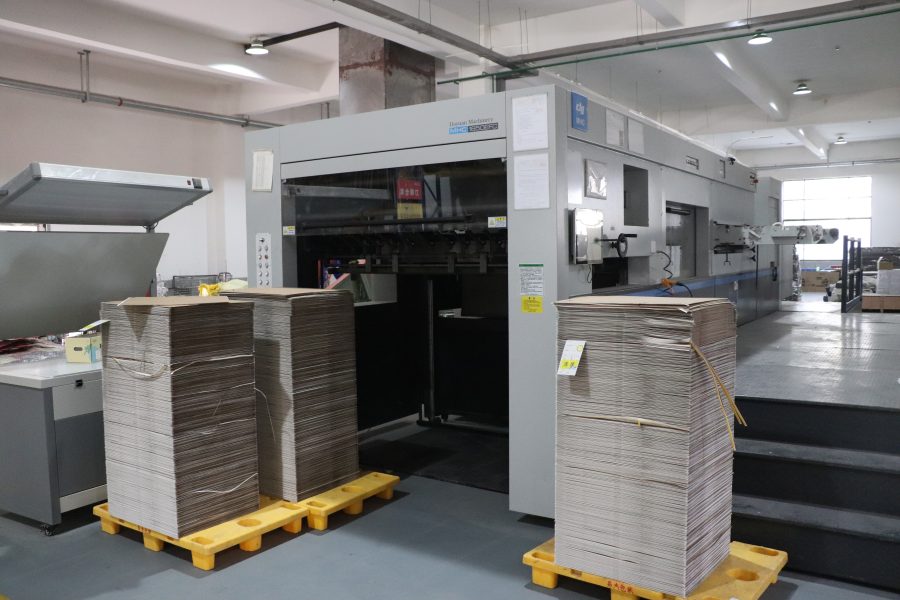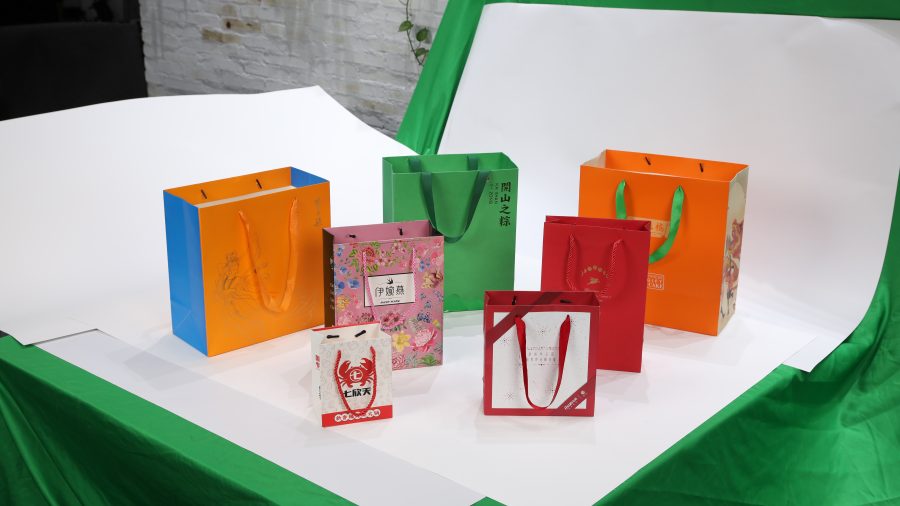The Rise of Sustainable Bags: Eco-Friendly Choices for a Greener Future
In recent years, environmental sustainability has become a central focus for businesses, consumers, and policymakers alike. As we continue to confront the global challenges of climate change and waste pollution, one simple yet impactful change that individuals and companies can make is shifting toward sustainable products. Among the most visible and widely used everyday items are bags—from shopping bags to travel bags, promotional bags, and more. As concerns over plastic waste grow, sustainable bags are increasingly seen as a vital part of the solution for reducing our environmental footprint.
The rise of sustainable bags is not just a trend; it’s part of a broader movement toward eco-friendly alternatives that help reduce our reliance on single-use plastics and promote a circular economy. In this article, we will explore the growing popularity of sustainable bags, highlight eco-friendly materials, and discuss why making the switch to these greener options is crucial for the planet.
Why Sustainable Bags Matter
Bags—especially single-use plastic bags—pose a significant environmental problem. According to a report by the United Nations Environment Programme, it’s estimated that over 1 trillion plastic bags are used globally each year. These bags often end up in landfills, oceans, and other natural ecosystems, taking hundreds of years to decompose. This not only pollutes the environment but also poses a danger to wildlife that can ingest or become entangled in plastic waste.
In response to the environmental crisis, governments around the world are introducing bans or fees on plastic bags, while consumers are seeking out more sustainable alternatives. This has led to a surge in demand for eco-friendly bags made from renewable, recyclable, or biodegradable materials. The rise of sustainable bags reflects a growing awareness of the need for individuals and businesses to make responsible choices that minimize harm to the planet.

Key Materials Behind Sustainable Bags
The foundation of sustainable bags lies in the materials used to make them. Unlike conventional plastic bags, which are made from non-renewable petroleum-based resources, eco-friendly bags are crafted from sustainable, renewable, and often biodegradable materials. Let’s take a look at some of the most popular materials behind sustainable bags:
1. Organic Cotton
Organic cotton is one of the most common materials used for creating eco-friendly bags. Unlike conventional cotton, organic cotton is grown without the use of synthetic pesticides, fertilizers, or genetically modified seeds. It also uses significantly less water, making it a more sustainable choice.
Why It’s Sustainable:
Biodegradable: Cotton is a natural fiber that decomposes in the environment.
Chemical-Free: No harmful pesticides or fertilizers are used in its cultivation.
Durable: Organic cotton bags tend to last longer, reducing the need for replacements.
- Hemp
Hemp is another sustainable material that’s gaining popularity in bag production. Hemp plants are grown without the need for chemical fertilizers or pesticides, and they require very little water compared to cotton. Hemp fibers are incredibly strong, making them ideal for durable, long-lasting bags.
Why It’s Sustainable:
Low Environmental Impact: Hemp is easy to grow, requires little water, and improves soil health.
Biodegradable: Hemp naturally decomposes without leaving harmful residues.
Versatile: Hemp fibers are durable, making them suitable for both lightweight and heavy-duty bags.
3. Recycled PET (rPET)
Recycled PET (rPET) is made from post-consumer plastic bottles. This material takes plastic waste that would otherwise pollute the environment and turns it into a useful, durable material for making bags, clothing, and other products. The recycling process reduces the need for new raw materials, making it a sustainable choice.
Why It’s Sustainable:
Reduces Plastic Waste: By using recycled plastic, rPET helps divert waste from landfills and oceans.
Energy Efficient: Producing rPET requires less energy compared to manufacturing virgin plastic.
Durable: rPET bags are strong, lightweight, and water-resistant, making them ideal for shopping and daily use.
4. Cork Fabric
Cork fabric is made from the bark of cork oak trees, which naturally regenerate after being harvested. This sustainable material is gaining traction for bags and accessories due to its unique texture, water resistance, and lightweight properties.
Why It’s Sustainable:
Renewable: Cork trees regenerate naturally, making cork a renewable resource.
Biodegradable: When discarded, cork fabric naturally breaks down without polluting the environment.
Water-resistant: Cork is naturally resistant to water, making it a great choice for durable, weather-resistant bags.
- Mushroom Leather (Mycelium)
Mycelium, the root structure of mushrooms, is a relatively new and innovative material being used to create plant-based leather alternatives. This sustainable material is biodegradable, durable, and versatile, with brands starting to experiment with mycelium in bags, shoes, and apparel.
Why It’s Sustainable:
Biodegradable: Mycelium breaks down naturally without leaving toxic residues.
Low Resource Consumption: Mushroom leather requires little water and land to grow.
Innovative: Mycelium-based materials are being developed as eco-friendly alternatives to animal leather and synthetic materials.
Benefits of Switching to Sustainable Bags
As awareness of environmental issues grows, consumers are increasingly opting for sustainable bags over conventional plastic options. Here are a few key benefits of switching to eco-friendly bags:
1. Reducing Plastic Pollution
By choosing sustainable bags, we help reduce the demand for single-use plastic bags that contribute to environmental degradation. Since many eco-friendly bags are reusable, they encourage people to opt for durable alternatives instead of relying on plastic bags that end up in landfills or oceans.
2. Supporting Ethical Practices
Sustainable bags often come from companies that prioritize ethical sourcing and fair labor practices. Many eco-friendly brands work with artisans, support fair wages, and ensure that materials are responsibly sourced, which benefits communities and reduces exploitation in the supply chain.
3. Durability and Long-Term Savings
Sustainable bags are generally designed for durability and can be used repeatedly for years. While they may cost a bit more upfront than single-use plastic bags, they often pay for themselves over time due to their longevity. A sturdy tote or backpack can replace hundreds of disposable plastic bags, leading to significant long-term savings.
4. Promoting a Circular Economy
Eco-friendly bags made from materials like rPET or recycled fabrics help promote a circular economy—where products are reused, recycled, or upcycled instead of disposed of. This reduces the need for raw materials and helps keep waste out of landfills, contributing to a more sustainable and resource-efficient system.
5. Healthier for the Planet
Many sustainable bags are made with non-toxic materials, which means they are better for the planet’s health. For example, organic cotton bags are grown without harmful pesticides, which helps preserve biodiversity and prevents soil and water contamination. Additionally, using plant-based materials like hemp and jute has minimal impact on the environment.

The Future of Sustainable Bags
The rise of sustainable bags is just one aspect of a broader trend toward eco-conscious consumerism. As more people choose products that prioritize environmental responsibility, we can expect continued innovation in sustainable bag designs and materials. From biodegradable shopping bags to bags made from upcycled ocean plastics, the options for eco-friendly bags are becoming more varied and accessible.
Businesses are increasingly adopting sustainable packaging and green marketing strategies to appeal to environmentally-conscious consumers. At the same time, governments are passing legislation to reduce plastic waste, which is encouraging manufacturers to invest in more sustainable materials.
Conclusion: The Importance of Eco-Friendly Choices
The shift toward sustainable bags is more than just a passing trend—it's a necessary step in creating a more eco-conscious world. By embracing eco-friendly materials like organic cotton, hemp, recycled plastics, and mycelium, we can reduce plastic pollution, conserve natural resources, and encourage a more sustainable lifestyle. Whether you’re using a tote bag for shopping, a backpack for travel, or a cooler bag for outdoor adventures, choosing a sustainable option is an easy and impactful way to make a difference.
By making the switch to sustainable bags, we not only contribute to a cleaner, greener planet but also promote a future where environmental responsibility is a shared value. The future of bags is undoubtedly eco-friendly, and as consumers and businesses, it’s up to all of us to keep pushing for a greener tomorrow.







